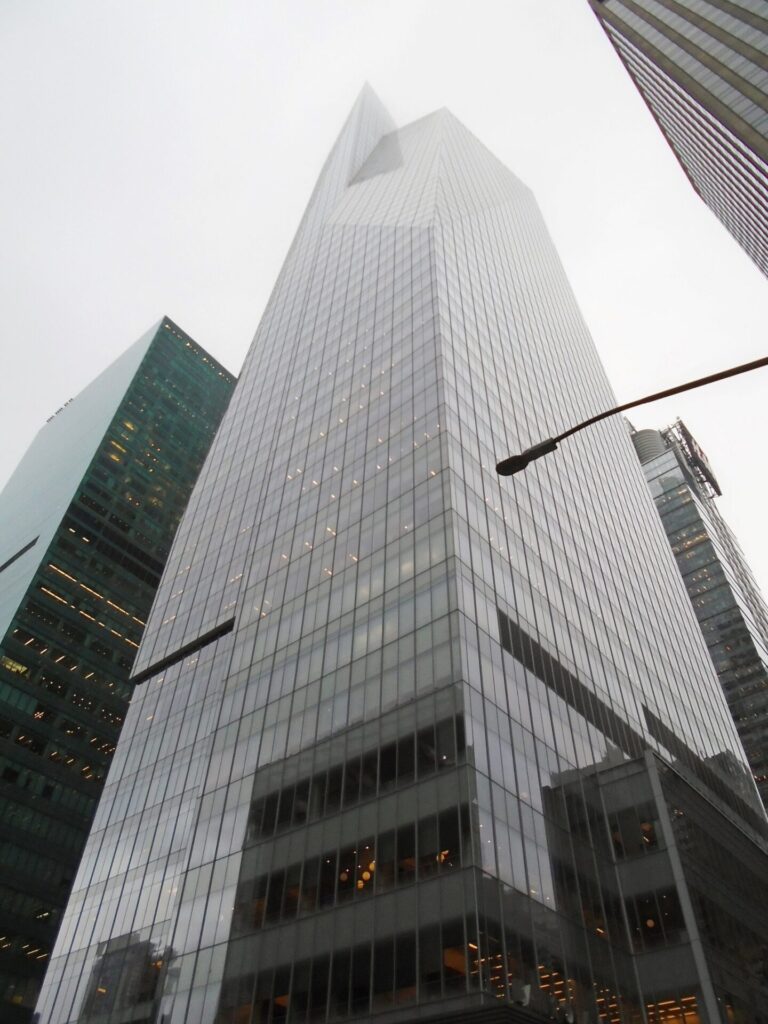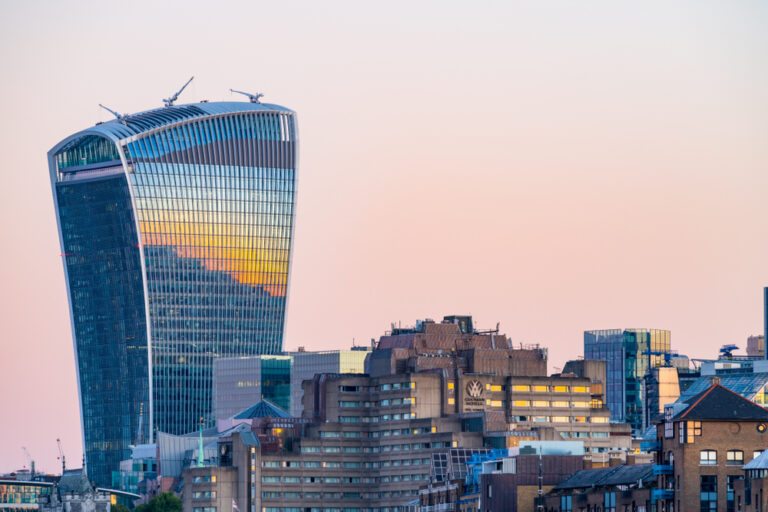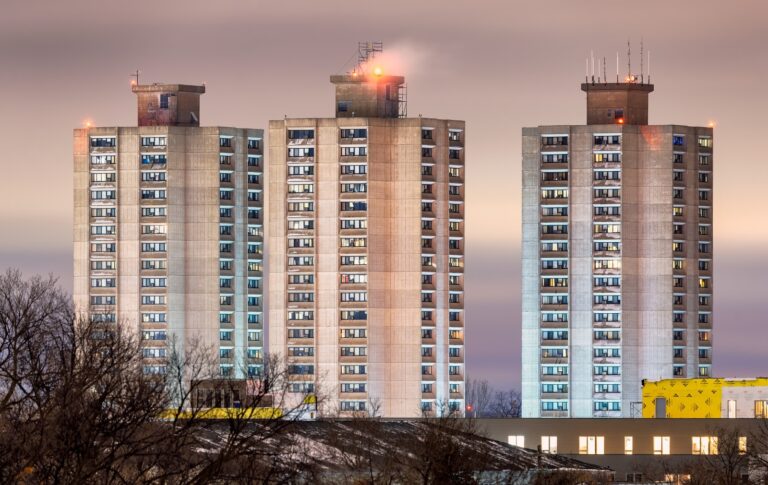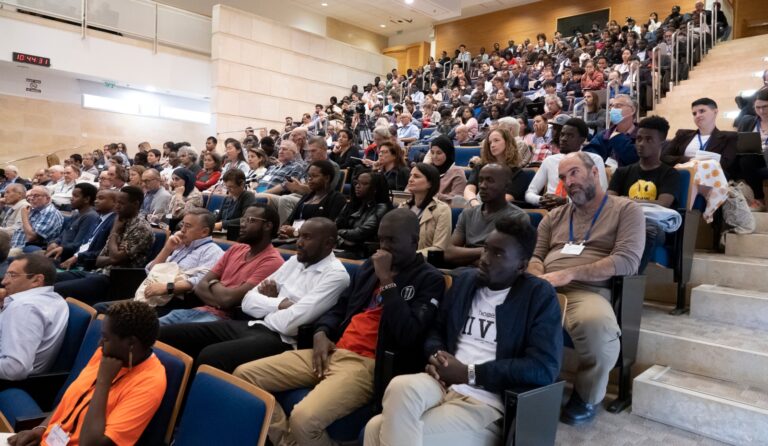Skyscrapers are huge mistakes, warns engineering expert – ISRAEL21c
The half-mile high, 163-story Burj Khalifa in Dubai is the world’s tallest building… but not for long. Saudi Arabia is planning a skyscraper of more than 167 stories, stretching a kilometer (0.62 miles) into the clouds.
Why the mad dash to the highest heights?
A few reasons: Supertall buildings have an aura of success and sexiness. They’re lucrative for developers. And they conserve space in increasingly dense urban areas.
But when Prof. Isaac Meir looks at the towering glass-and-steel skyline, he sees an environmental, economic and social catastrophe.
 Prof. Isaac Meir from Ben-Gurion University. Photo by Dani Machlis
Prof. Isaac Meir from Ben-Gurion University. Photo by Dani Machlis
“I keep screaming bloody murder,” he tells ISRAEL21c.
“A multidisciplinary team has been working with me on the issue of tall buildings for nearly 10 years and I don’t think we’ve gotten to half the issues yet.”
A member of Ben-Gurion University of the Negev’s department of civil and environmental engineering and School of Sustainability and Climate Change, Meir will be the keynote speaker at the International Council for Research and Innovation in Buildings and Construction’s SBE23 Sustainable Built Environment conference in Greece this March.
Mục Lục
What defines tall?
According to the Council on Tall Buildings and Urban Habitat, a building of 14 or more stories – more than 50 meters (165 feet) high – may be classified as “tall.”
A “supertall” building rises higher than 300 meters (984 feet). A “megatall” building tops 600 meters (1,968 feet). As of today, there are 115 supertalls and three megatalls completed globally, with more under construction.
“Anything past 100 meters is an environmental disaster — and even 100 is way too high,” Meir asserts.
“Even with today’s growing population density, we could easily limit buildings to no more than 15 stories.”
Let’s summarize the problems motivating Meir to send an anti-skyscraper message to his students and to urban planning professionals everywhere.
The glaze craze
“Most tall buildings are fully glazed with glass from floor zero and up,” says Meir.
“Using glass as an envelope material means we are building greenhouses, creating an unbearable environment for the people in those buildings.”
“Anything past 100 meters is an environmental disaster — and even 100 is way too high.”
The large number of people, electric equipment and lights per square meter in office towers adds more heat on top of the solar radiation pouring in on sunny days.
“And that means we need huge air conditioners to get all that heat out,” Meir says. “With a glass façade, the heat exchange with the environment, inwards or outwards, is much faster and more problematic than when the façade is opaque and insulated.”
 Bank of America Tower, Manhattan. Photo by Beyond My Ken via Wikimedia Commons
Bank of America Tower, Manhattan. Photo by Beyond My Ken via Wikimedia Commons
In his hall of shame is the 55-story Bank of America Tower in New York City, which won a LEED Platinum rating for “green” construction processes.
But because it is fully glazed, this skyscraper “consumes much more energy per square meter compared to other towers in Manhattan without such certification.”
Studies by his grad students found that a double-skin façade, with an insulating air cavity between two glass layers, minimizes cooling and heating demand. However, using this technique raises construction costs and – because of the building’s larger footprint — municipal taxes.
Electrochromic glass, low-e (low emissivity) glass and advanced nano-coatings that let in light but not heat may consume more energy in their manufacture than they will save over the lifecycle of the building, Meir adds.
“A square meter of ‘smart’ glazed façade costs much more to produce than a square meter of opaque façade.”
Residential high-rises, too, are often fully glazed. Meir says all that glass serves no practical purpose (except possibly boosting curtain sales). Who wants thousands of passersby looking at them in their pajamas?
Microclimate mayhem
“The taller the building, the more diverse microclimates the different floors are exposed to,” says Meir.
“In general, the higher you go, the lower the ambient air temperature and the higher the wind velocity.”
This makes balconies on very high floors unusable, even dangerous, due to high winds. “People end up using these very expensive balconies for storage.”
Things aren’t much better at ground level, Meir adds.
“Many huge towers have cafés and restaurants on the ground floor. But when you have a huge façade, the prevailing winds create a high-velocity downdraft and the microclimate around the base of those buildings becomes practically impossible. We’ve documented that,” he says.
Reflected solar radiation from fully glazed façades is also an issue.
 Photo of Fenchurch (Walkie-Talkie) building in London by Pajor Pavel, via Shutterstock
Photo of Fenchurch (Walkie-Talkie) building in London by Pajor Pavel, via Shutterstock
That’s why another member of his hall of shame is London’s 38-story Fenchurch Building, nicknamed the Walkie-Talkie Building.
“It gets bigger as it goes up, creating a parabolic façade that concentrates the sun’s rays on the sidewalk opposite the building,” he says. “Somebody parked a Jaguar there and the plastic accessories melted. Now people are frying eggs with solar radiation on that sidewalk.”
Meir argues that since tall buildings create useless surrounding spaces due to microclimatic conditions, “maybe instead we can have medium-height buildings with livable, usable spaces around them.”
The air out there
“Many towers are built very near, or on top of, major traffic arteries and rail lines, which emit particles and gases. These particles, which we’ve measured, mean that sometimes the air quality around the buildings is horrible,” says Meir.
“Even if we were to design tall buildings with windows that open to minimize the energy needed for ventilation, people would be endangering their health by breathing that air.”
Infrastructure challenges
Meir believes architects, engineers and policymakers should more carefully consider questions of infrastructure for high-rises.
If a building is 250 meters tall, how deep does the foundation have to be dug and how does that impact the city’s underground infrastructure?
How large does a sewage pipe have to be to drain sewage from a series of buildings that house thousands of people?
How much water do you have to pump — and what kind of pumps and energy do you need — to ensure that people on floors 60 or 70 have enough water pressure to drink, shower and flush the toilet?
If there’s a fire, earthquake or missile attack, how do you get people down from those high floors when you can’t use the elevators, especially vulnerable populations such as the elderly, people with disabilities or pregnant women?
Social maladjustment
As early as the 1960s, studies were showing the negative social impacts of tall buildings, says Meir.
 A low-income and seniors Minneapolis Public Housing Authority project. Photo by Tony Webster via Wikimedia Commons
A low-income and seniors Minneapolis Public Housing Authority project. Photo by Tony Webster via Wikimedia Commons
Children who must take elevators to leave home cannot easily play outside. They may have nowhere safe to play near the building anyway, Meir explains. Consequently, their motor and social development is impaired.
Elderly people living in high-rises often become socially isolated, leading to a degraded quality of life.
Dollars and sense
In places like the outlying neighborhoods of Tel Aviv, people in low-rise buildings from the 1950s are being victimized by gentrification, says Meir.
“They get kicked out — and sometimes compensated to some extent — by developers who make exorbitant profits from people who can afford expensive high-rise office or living space. But how long will the new occupants be able to afford the maintenance, which is much higher?” he asks.
“Nobody is trying to understand what happens to these buildings in a few decades. Shorter buildings’ lives can be extended, but taller buildings are being torn down to build even taller ones.”
Avoiding the same mistakes
At the recent Learning from Drylands international desertification conference at BGU, Meir said his team intends to “spend more time studying indoor and outdoor air quality and the infrastructural and social issues of towers in cities, and how that affects the economy.”
 Audience at a session of the 2022 desertification conference at Ben-Gurion University. Photo by Wolfgang Motzafi Haller
Audience at a session of the 2022 desertification conference at Ben-Gurion University. Photo by Wolfgang Motzafi Haller
Hoping to bring the above issues to a broader audience, he says, “we publish papers and I speak at different professional meetings.”
His message about the problems with tall buildings is most impactful at ground level (no pun intended), in the classroom.
“When my students graduate and go out to work, they come back with questions; they keep in touch. And that is extremely important.”
Meir, who lives in a single-family house on BGU’s Sde Boker campus in the Negev Desert, says some former students are involved in improving high-rise construction methods and materials.
One possibility is photovoltaic glazed façades that produce electricity from the sun, adding more energy to the grid than they take from it.
Another environment-friendly approach is for tall buildings to recycle their sewage or at least their graywater.
In planning the high-rises of the future, which he hopes will be shorter, Meir says, “We need to look at it as something that has to be studied and understood to save us from making the same mistakes time after time.”















![Toni Kroos là ai? [ sự thật về tiểu sử đầy đủ Toni Kroos ]](https://evbn.org/wp-content/uploads/New-Project-6635-1671934592.jpg)


